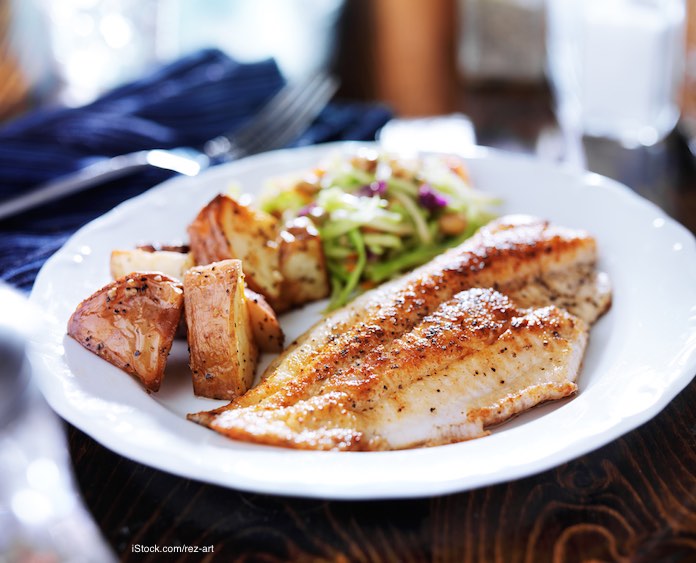As spring celebrations approach, the USDA is offering food safety tips for these gatherings of family and friends. Foodborne illness causes 128,000 hospitalizations and 3,000 deaths every year. These tips will help keep you and your family safe as you celebrate.

Always clean your hands with warm soapy water before and after handling food. Thoroughly wash cutting boards, countertops, and utensils with hot soapy water.
Always use separate cutting boards for ready-to-eat foods and for raw foods that are cooked before serving. That’s how you prevent cross-contamination.
Use a food thermometer when you cook. The USDA has a Safe Minimum Internal Temperature Chart that will guide you. Follow the temperatures and instructions to the letter. Beef, pork, veal, and lamb intact cuts such as steaks, chops, and roasts should be cooked to 145°F with a three minute rest time. Ground meats of all types except poultry should be cooked to 160°F. All poultry needs to be cooked to 165°F. Egg containing dishes sold ready 160°F. Fish should be cooked to 145°F, and leftover casseroles and other mixes foods should be reheated to 165°F.
Whenyou’re shopping, pick up cold items last. Bring them home immediately so they are put in the fridge or freezer within two hours. And make sure you put raw meat and poultry in plastic bags to prevent raw juices from dripping onto other foods.
There are other basic food safety recommendations too. Set your fridge to 40°F or below. Your freezer should be 0°F or below. Spring clean your fridge. Don’t wash meat or poultry before cooking; that will just spread bacteria around your kitchen. Don’t thaw frozen foods at room temperature. And when storing leftovers, divide them into shallow containers and refrigerate immediately. And as the weather heats up, remember that foods should not be left at room temperature longer than 2 hours; 1 hour if the ambient air temperature is above 90°F.




